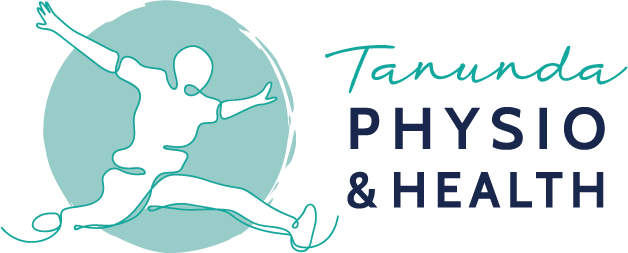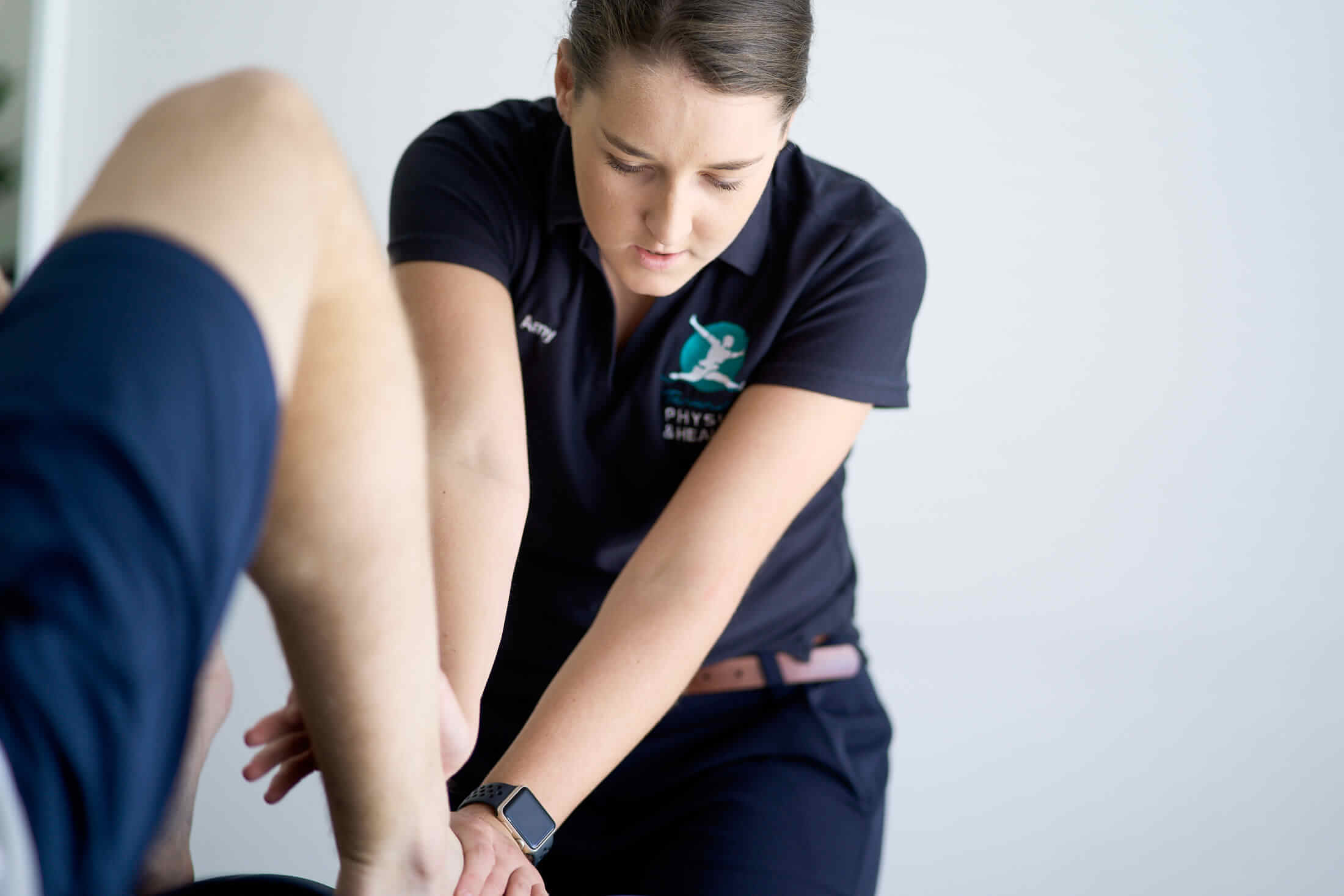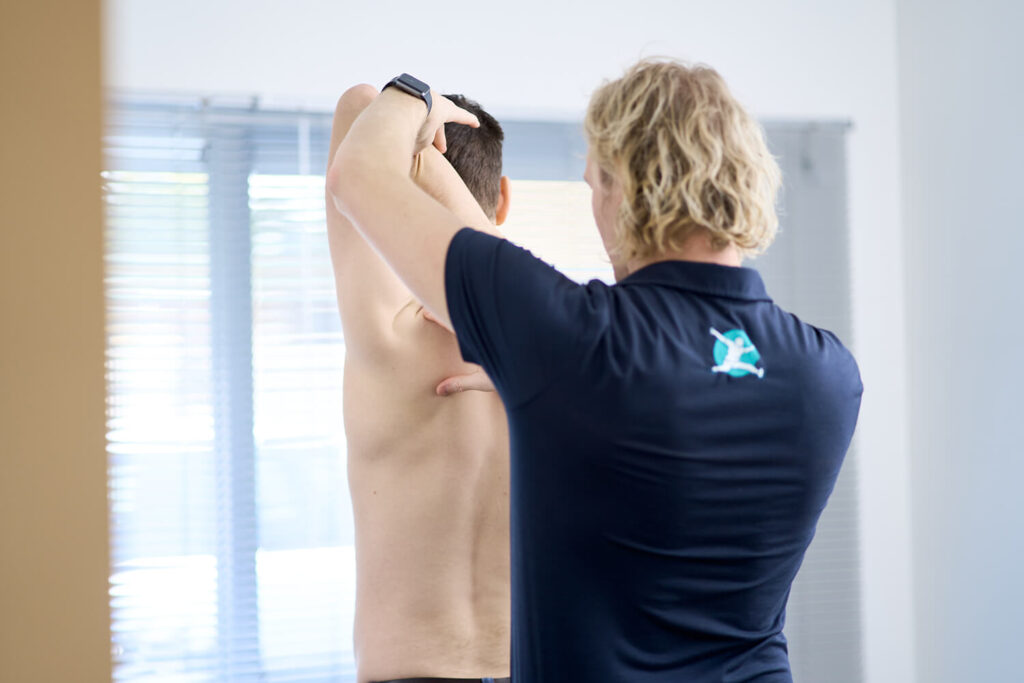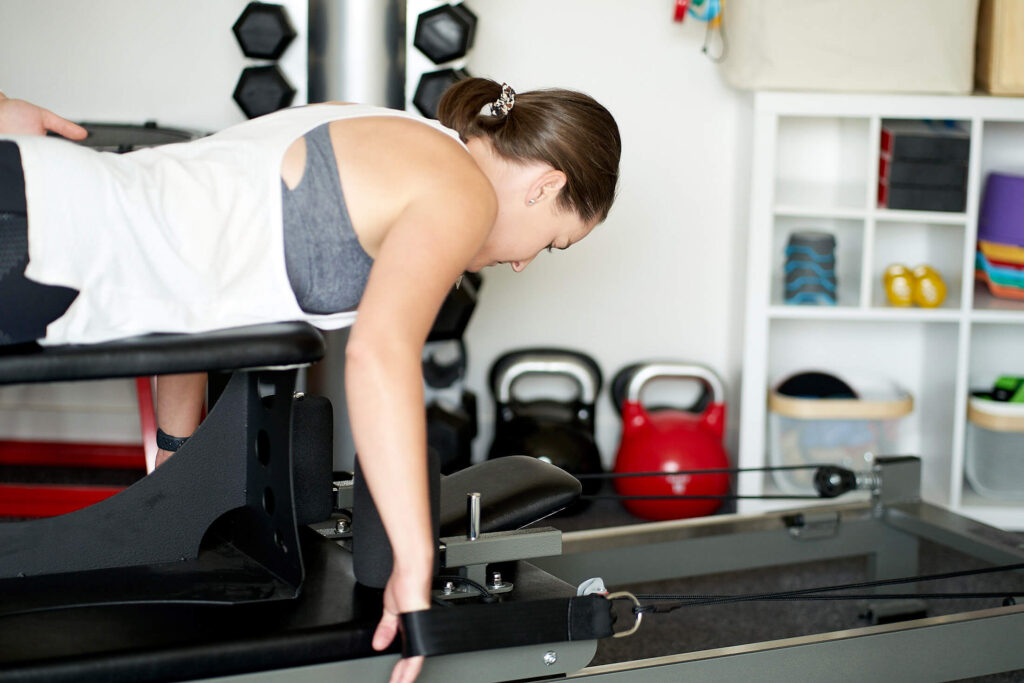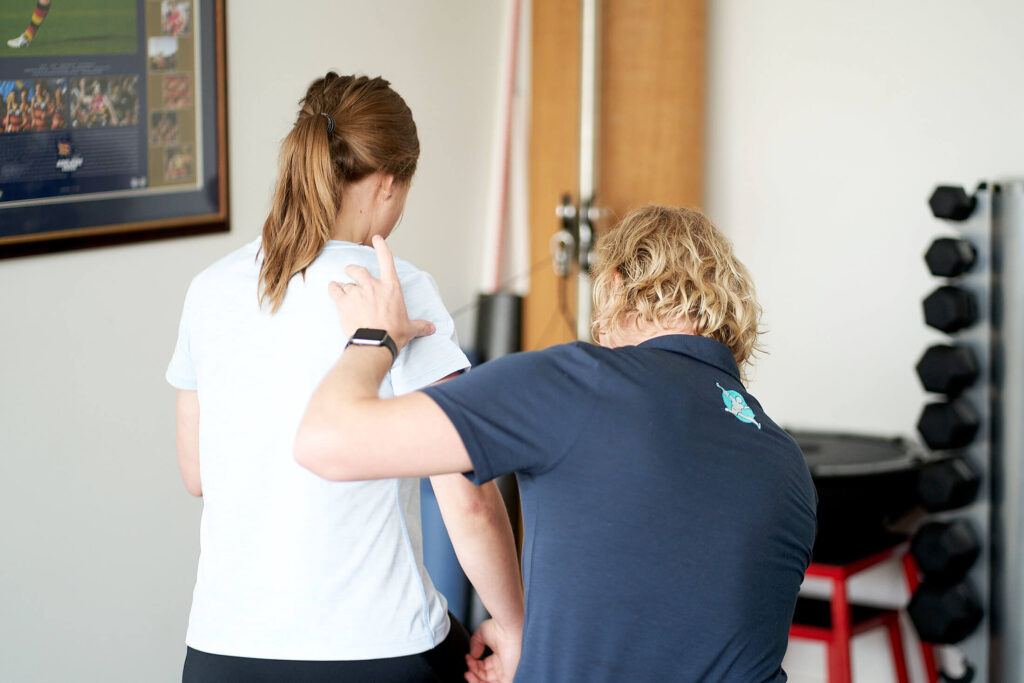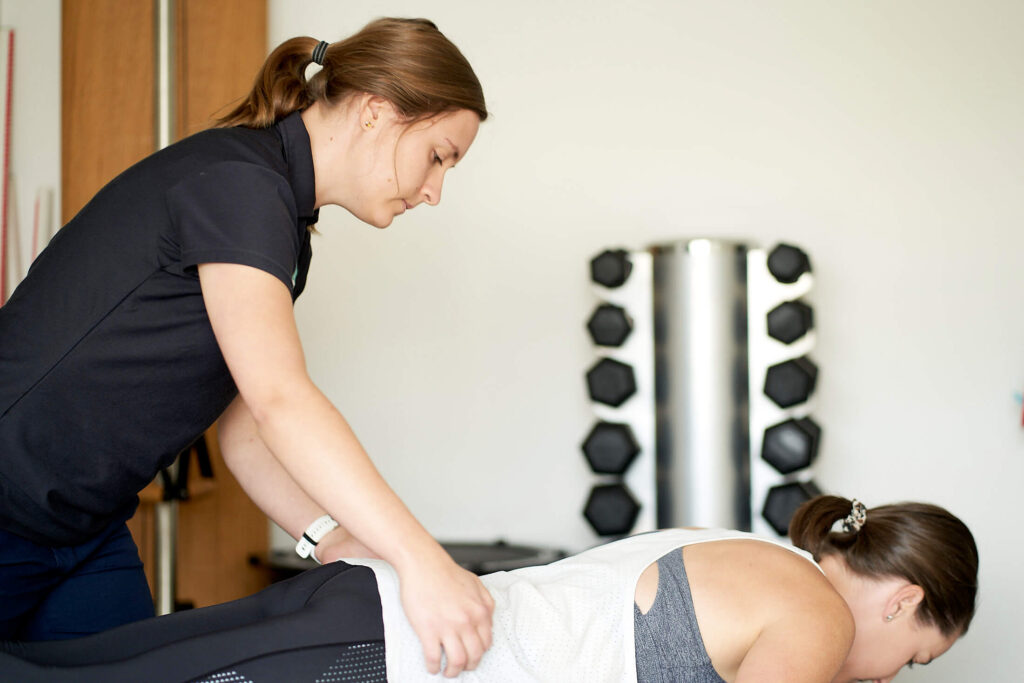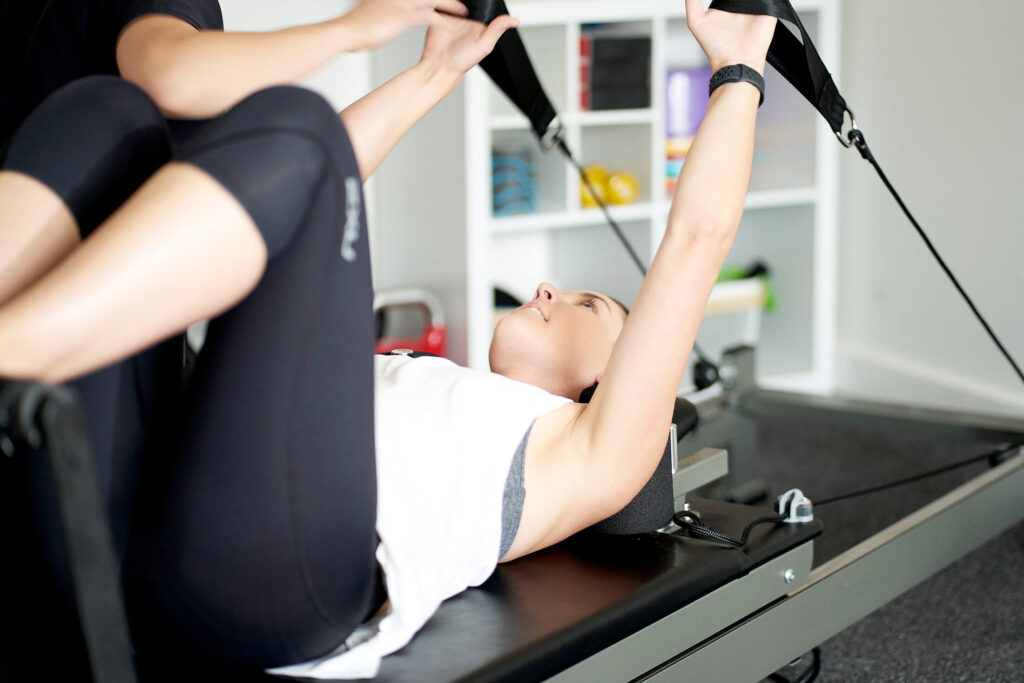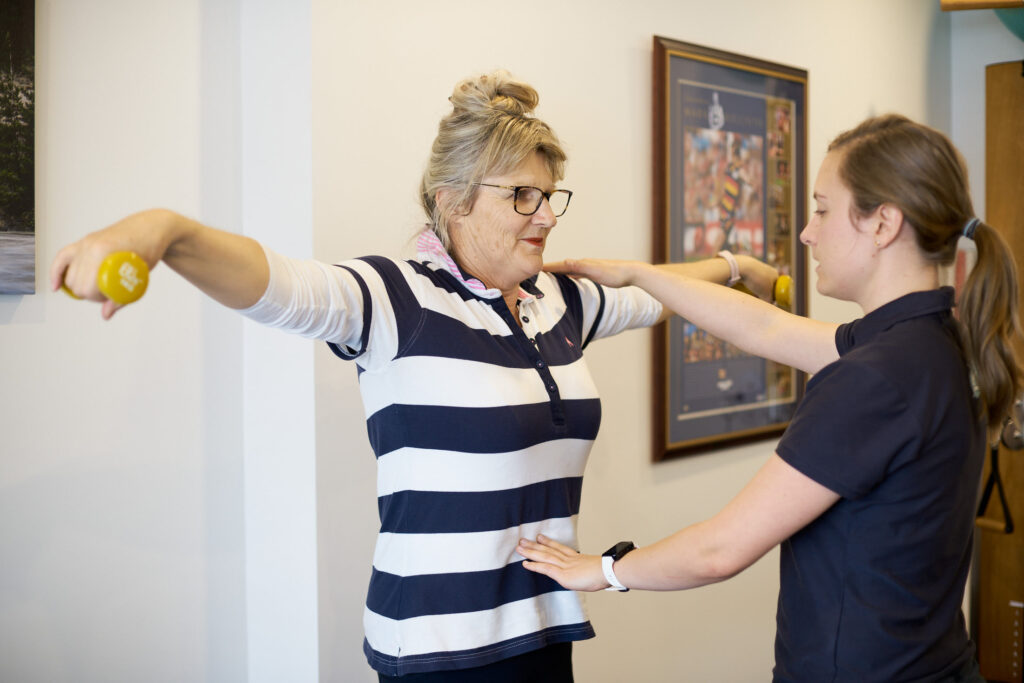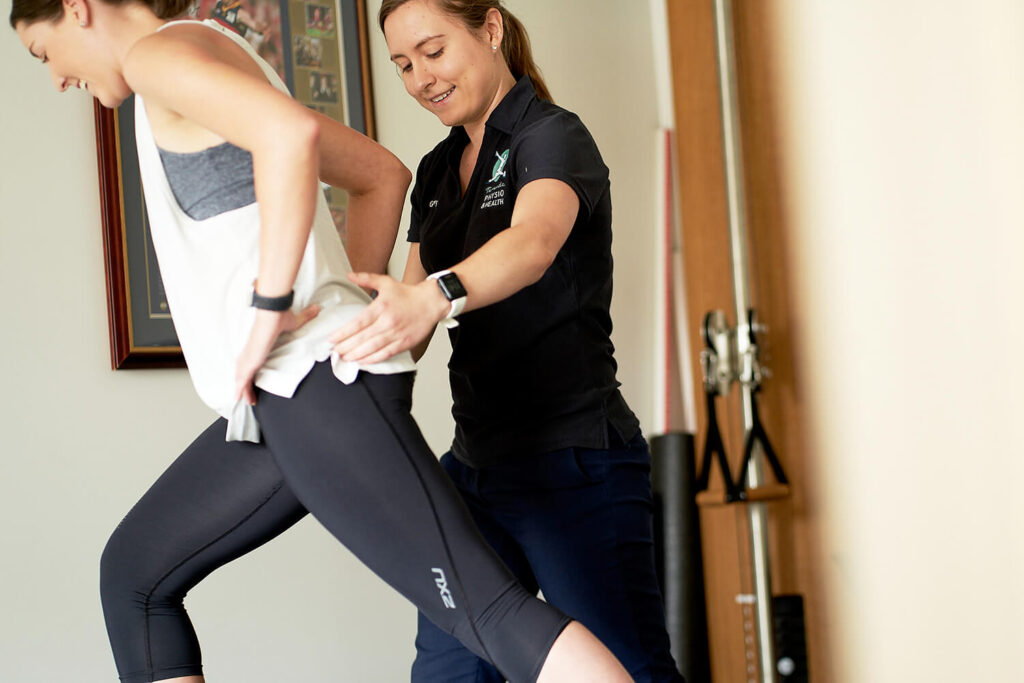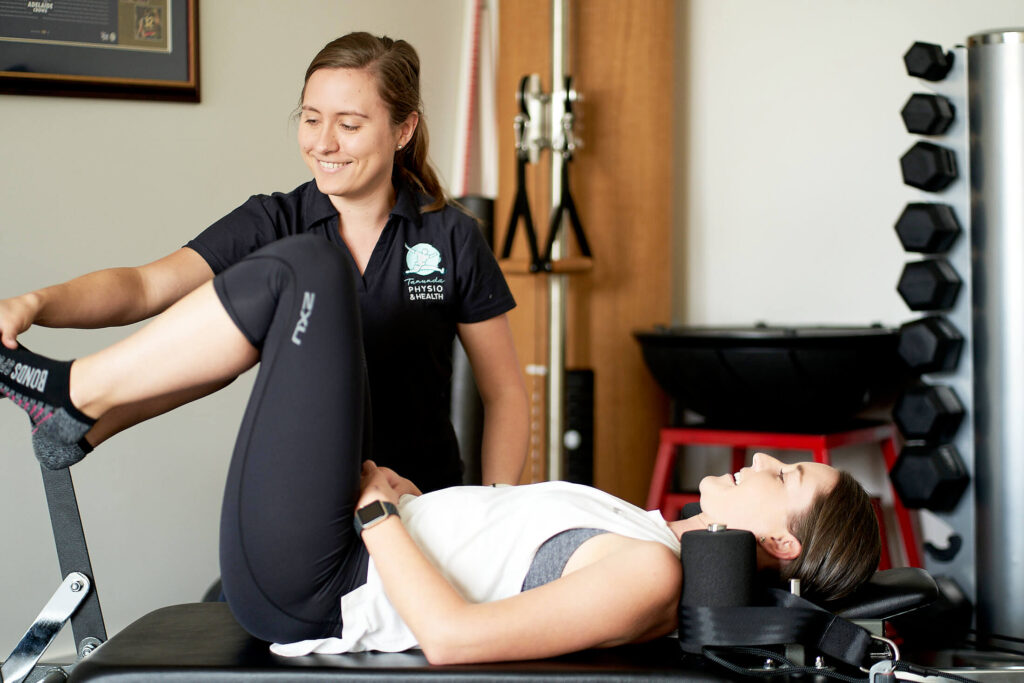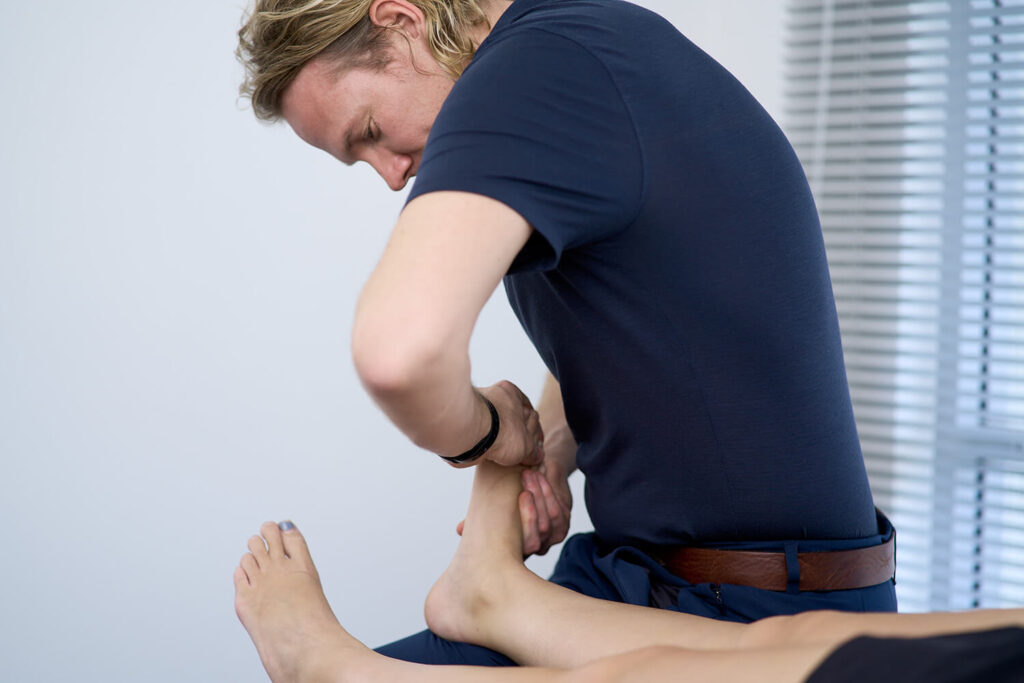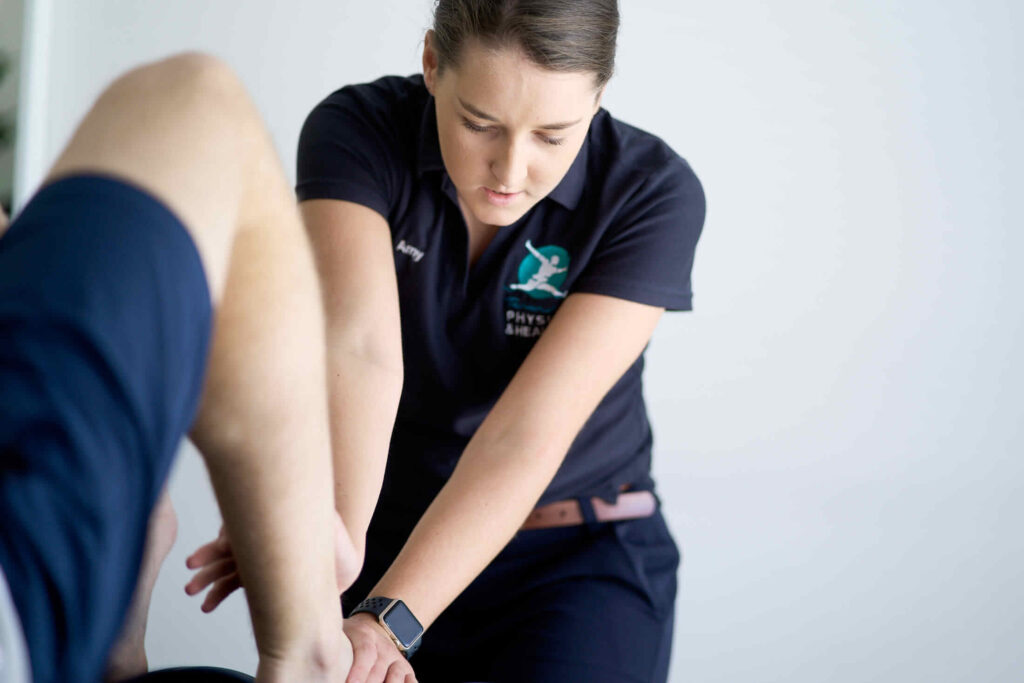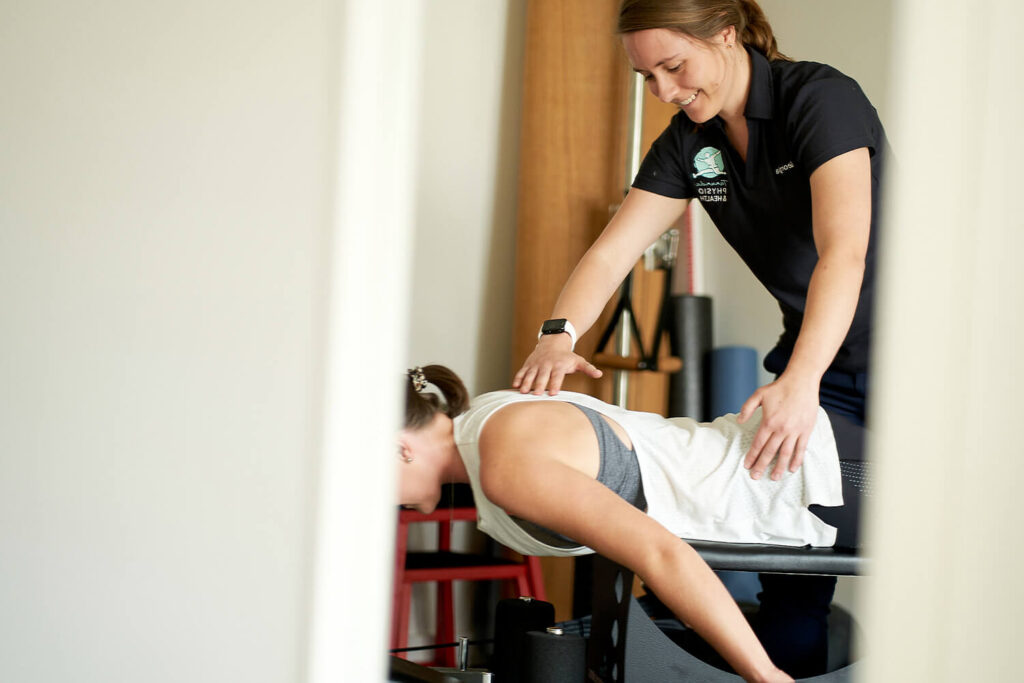Shoulder injuries in throwing sports such as cricket are very common. Depending on where you look, stats show that up to 20% of Cricketers at…
How can we help your ankle and achilles pain?
Overcome your ankle and achilles pain fast!
Don’t become one of the many who suffer recurring injuries to the same area, or future issues elsewhere because of your history of ankle pain!
Injuries to the ankle and achilles areas are very common both in sport and from repetitive strain of life in general!
There’s barely a netball, football or basketball player who hasn’t sprained their ankle to some severity – and many of those will know how often that becomes a recurring problem
It is also common in less active people for a variety or reasons that often relate to the repetitive strain the ankle is under when we have poor muscle control and balance that overloads the area.
When it comes to overcoming chronic or repetitive lower leg and ankle injury, the people just like you are always asking us
“Why do I keep doing this every season?”…
“Why am I still suffering with achilles pain that wont go away!…
They also want to know
“should I take time off or even stop sport all together?”
“is there any way I can stop this pain and keep active?”
Tanunda Physio & Health have the answers to these questions.
Most people think that when they get ankle pain, rest alone will fix it.
This can be partially true, as time will allow for healing, but that doesn’t mean it eliminates pain and it doesn’t mean you will be moving in the way you need to to stay pain free.
This can result in ongoing pain, altered movements and reduced strength and ability to protect the area. This results in re-injury, either to the same area or other parts of the body
The correct treatment and advice that we provide at Tanunda Physio & Health will ensure you do the right things early in your recovery to allow for fast healing and give you the opportunity to complete a high quality rehabilitation that reduces the chances of further injury.
Your therapist at Tanunda Physio & Health will perform a thorough assessment of your ankle and surrounding areas to determine the source and cause of your problem and provide treatment for fast-effective relief.
We look beyond the ankle, as without this, weaknesses higher in the body will cause unnecessary stress on the ankle that are often the cause of your problem. This is where many ankle and lower leg injury treatments fail you.
We will listen to you to understand how your problem is impacting you and what you need from us to help you perform your daily tasks without pain.
You will be given a clear understanding of the diagnosis, cause, expected recovery and the treatment plan required including for self management and prevention of recurrences.
Treatment may commonly involve:
- joint mobilisation (loosening)
- massage
- dry needling
- taping / bracing
- specific exercises (strengthening, stretching, controlled loading)
- education and advice (including self management)
- workstation assessment and advice
- strength and conditioning
- balance retraining
- clinical pilates
Common ankle problems we help include:
- sporting injuries
- sprained ankle
- achilles tendinopathy
- achilles rupture
- surgical rehab
- nerve injuries
- post-fracture/break management
- Muscle tears
- tendinopathies
- and more…
Book your appointment today
We genuinely care about helping you live a life without back pain. We will help you move better, feel great and stay your best.



